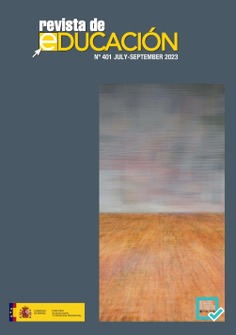Revista de Educación 401. July-September
Artículos contenidos en esta revista: Family perception of homework as a function of the responsible agent ; The paradox of learning to learn development: adapting a scale in secondary school students ; Challenges in teaching practices for the incorporation of sustainable development approach in Compulsory Secondary Education ; Investigating the efficacy of retrieval practice in university mathematics ; An alternative teaching and learning methodology at university to counter academic boredom ; Influence of Physical Education on physical activity levels in adolescence. A systematic review ; Differential factors in Vocational Education and Training itineraries: A longitudinal study ; Diet quality and academic performance in schoolchildren: the moderating role of weight status ; Mastery-Approach Goals in Secondary Education Students ; A quantitative SWOT analysis for Spanish education ; Factors influencing the development of reading competencies in Peruvian students in second-grade of secondary education ; A Bibliometric Review of Instructional Leadership Research: Science Mapping the Literature from 1974 to 2020
- Idioma
- Castellano
- Editorial
- Instituto Nacional de Evaluación Educativa
- EAN
- 9789200255328
- Páginas
- 328
- Ancho
- 17 cm
- Alto
- 24 cm
- Edición
- 1
- Fecha publicación
- 22-12-2023
Libros relacionados

"Asegurar la calidad de la enseñanza es uno de los retos fundamentales de la educación del futuro". Preámbulo de la LOGSE
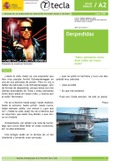
Tecla. Revista de la Consejería de Educación en Reino Unido e Irlanda. Junio 2008
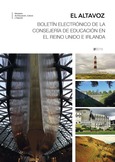
El altavoz nº 2. Boletín electrónico de la Consejería de Educación en El Reino Unido e Irlanda
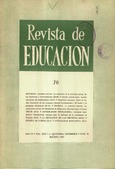
Revista de educación nº 70
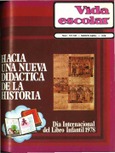
Vida escolar nº 197 - 198
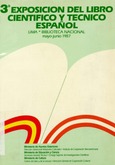
3ª Exposición del libro científico y técnico español. Mayo-junio 1987
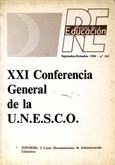
Revista de educación nº 265

Ciencias sociales, geografía e historia. Secundaria obligatoria 1º ciclo. Materiales didácticos 1
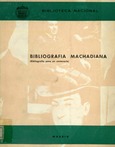
Bibliografía Machadiana (Bibliografía para un centenario)
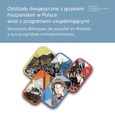
Oddzialy dwujezyczne z jezykiem hiszpanskim w Polsce wraz z programami uzupelniajacymi = Secciones Bilingües de español en Polonia y sus programas complementarios

